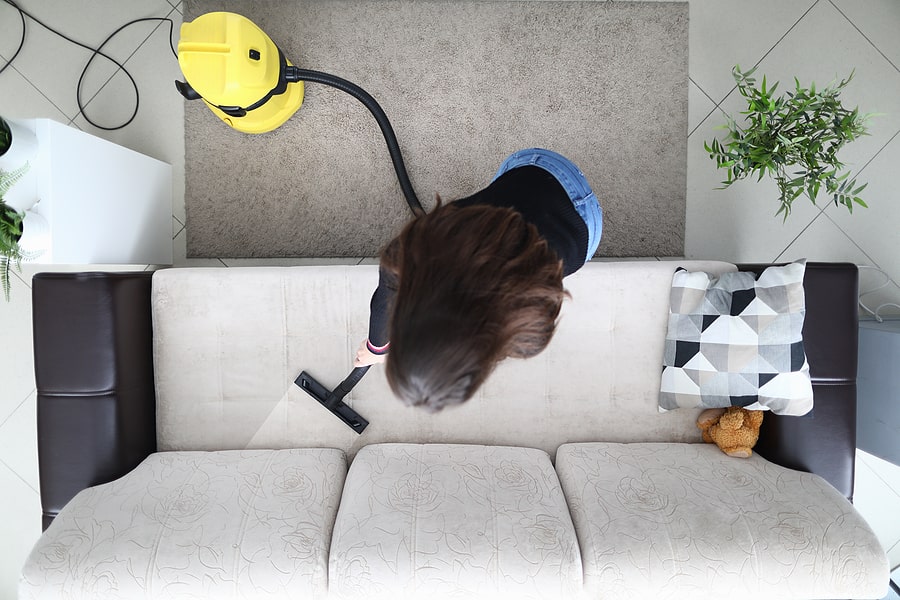Removing Mildew from Fabric: A Guide
Mildew can be a stubborn and unsightly problem that affects fabric, leaving behind stains and an unpleasant odor. Whether it’s on clothing, upholstery, or other textiles, tackling mildew promptly is crucial to prevent further damage. In this comprehensive guide, we will explore effective methods and techniques for removing mildew from fabric. From preparation and pre-treatment to various cleaning solutions and preventive measures, this article will equip you with the knowledge to combat mildew and restore your fabrics to their former glory.
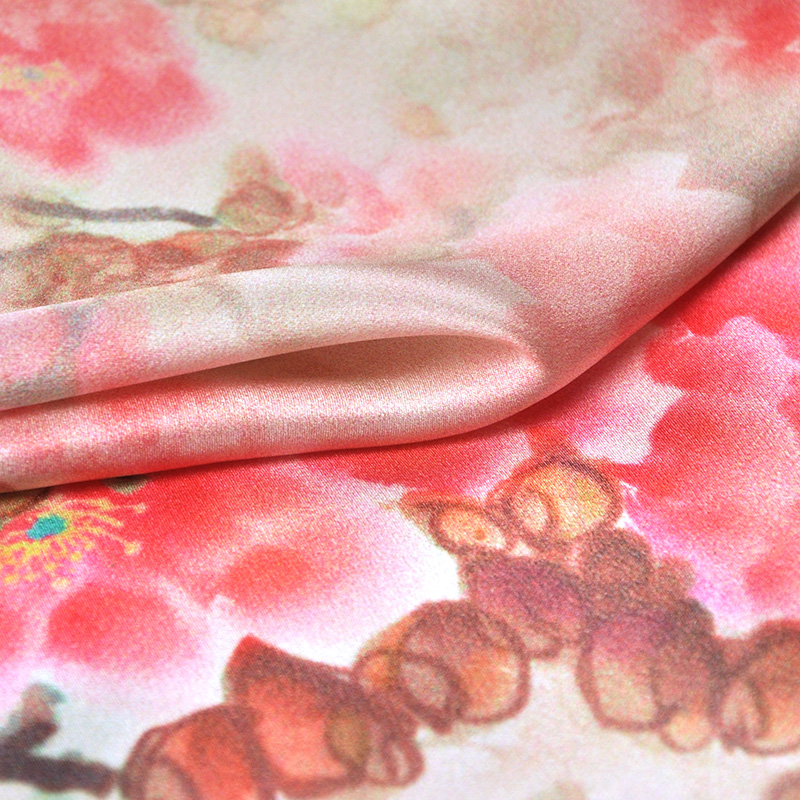
Understanding Mildew and Its Causes
Before diving into the removal process, it’s essential to understand what mildew is and what causes it to develop on fabric. Mildew is a type of fungus that thrives in damp, warm, and poorly ventilated environments. It appears as black or dark green spots on fabric and is often accompanied by a musty smell. The presence of mildew indicates the growth of mold spores, which can pose health risks and cause further damage if left untreated. A combination of high humidity, lack of sunlight, and poor air circulation creates the perfect breeding ground for mildew to flourish on fabric surfaces.
Preparation: Assessing the Damage and Gathering Supplies
Before tackling mildew, it’s crucial to assess the extent of the damage and gather the necessary supplies. Begin by examining the fabric to determine the severity of the mildew infestation. If the mildew is localized and hasn’t spread extensively, there’s a good chance that you can successfully remove it. However, if the fabric is heavily saturated or the mildew has deeply penetrated the fibers, professional cleaning or replacement may be necessary. Once you’ve assessed the damage, gather the following supplies:
- Protective gear (gloves, mask, goggles)
- Soft-bristle brush or toothbrush
- White vinegar
- Hydrogen peroxide
- Lemon juice
- Baking soda
- Mild detergent
- Clean cloths or sponge
- Water spray bottle
Having these supplies ready will ensure that you can address the mildew effectively and minimize the risk of further damage during the cleaning process.
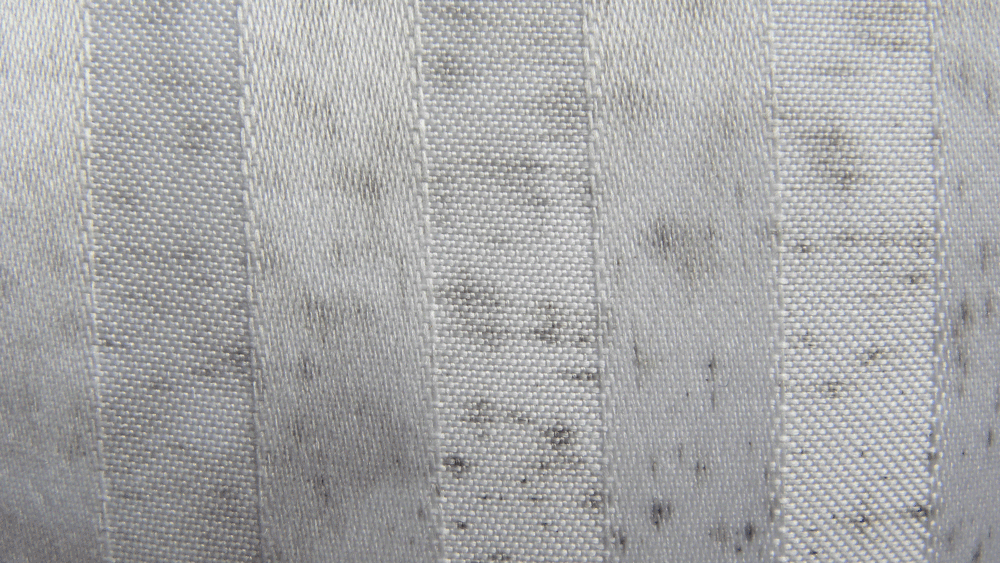
Pre-Treatment: Removing Excess Mildew Growth
Before applying any cleaning solutions, it’s important to remove excess mildew growth from the fabric. Start by taking the fabric outside, if possible, to prevent the loose spores from spreading indoors. Gently brush off the visible mildew with a soft-bristle brush or toothbrush, being careful not to damage the fabric. Dispose of the removed mildew in a sealed bag to prevent recontamination. This pre-treatment step helps eliminate loose spores and prepares the fabric for the subsequent cleaning process.
Cleaning Solutions: Vinegar, Hydrogen Peroxide, and Lemon Juice
Vinegar, hydrogen peroxide, and lemon juice are three effective natural cleaning agents that can help remove mildew stains and kill mold spores. Each solution has unique properties that contribute to the overall cleaning process.
White vinegar is a versatile and readily available option that not only removes mildew stains but also kills mold spores. Mix equal parts white vinegar and water in a spray bottle and generously spray the affected fabric. Let the vinegar solution sit for 15-20 minutes to allow it to penetrate the fabric and break down the mildew. Afterward, scrub the fabric gently with a soft brush or sponge, focusing on the stained areas. Rinse the fabric thoroughly with clean water and allow it to air dry.
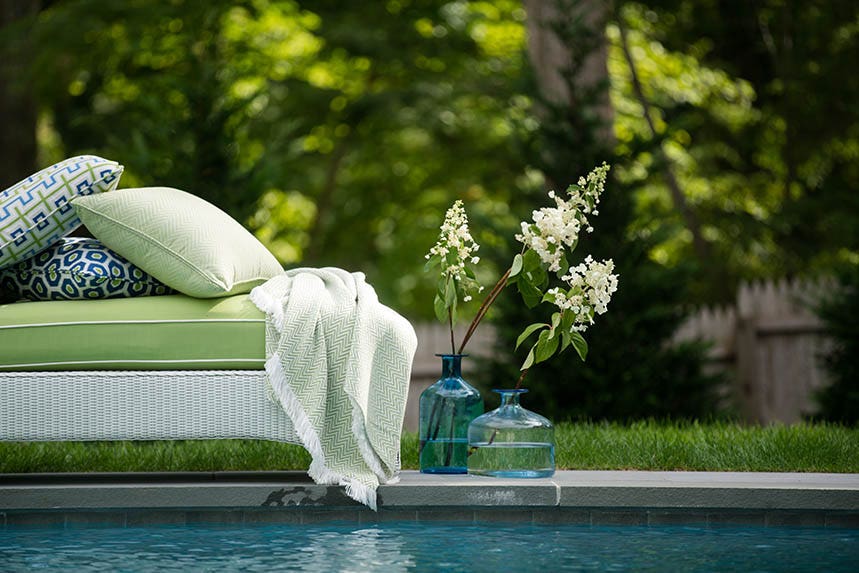
Hydrogen peroxide is another effective mildew remover that acts as a powerful oxidizer. Dilute hydrogen peroxide with water in a 1:1 ratio, and apply it to the mildew-infested fabric using a clean cloth or sponge. Allow the solution to sit for 10-15 minutes, then scrub the fabric gently to loosen the mildew stains. Rinse the fabric thoroughly with water and let it air dry.
Lemon juice, thanks to its acidic nature, can effectively combat mildew and remove stains. Squeeze fresh lemon juice onto the affected areas of the fabric and let it sit in direct sunlight for a few hours. The combination of lemon juice and sunlight helps bleach out the stains and disinfect the fabric. Afterward, rinse the fabric with water and allow it to dry naturally.
Alternative Approach: Baking Soda and Detergent
Baking soda and mild detergent can be used as an alternative approach for removing mildew stains from fabric. Baking soda acts as a natural deodorizer and stain remover, while mild detergent helps break down the mildew and lift stains. To begin, create a paste by combining baking soda and water until it forms a thick consistency. Apply the paste to the mildew-infested fabric and gently rub it in using a cloth or sponge. Let the paste sit for 15-20 minutes to allow it to penetrate the fabric. Then, scrub the fabric gently to work the paste into the mildew stains. Rinse the fabric thoroughly with water and air dry.
In cases where the mildew stains persist, you can also mix a small amount of mild detergent with warm water. Dip a clean cloth or sponge into the detergent solution and blot the stained areas of the fabric. Avoid rubbing vigorously, as this may damage the fabric fibers. Rinse the fabric with clean water and allow it to dry naturally.
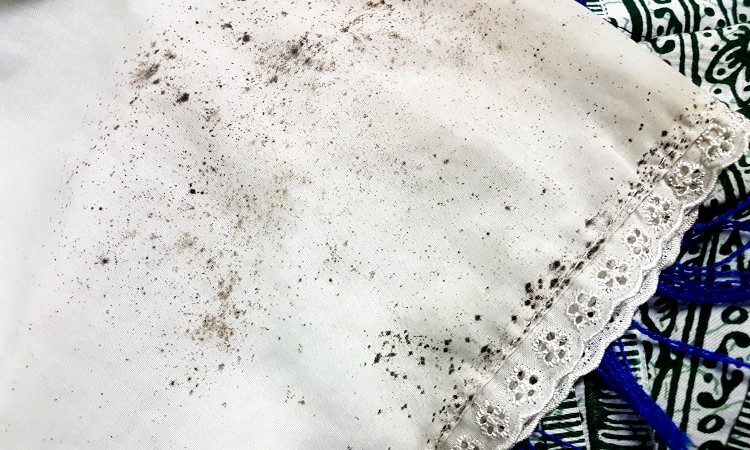
Preventive Measures: Keeping Mildew at Bay
After successfully removing mildew from fabric, it’s essential to take preventive measures to minimize the chances of a recurrence. Here are some tips to help keep mildew at bay:
- Ensure proper ventilation: Improve air circulation in the area where the fabric is stored or used. Open windows, use fans, or invest in dehumidifiers to reduce humidity levels.
- Keep fabric dry: Avoid storing damp or wet fabrics, as this provides an ideal environment for mildew to grow. Dry fabrics thoroughly before storing them.
- Let sunlight in: Sunlight helps kill mold spores and prevents mildew growth. Whenever possible, expose fabrics to direct sunlight to inhibit mildew formation.
- Store fabric properly: Use airtight containers or zippered garment bags to protect fabrics from moisture and dust. Adding moisture-absorbing packets or silica gel can further prevent mildew growth.
- Regularly clean and inspect fabric: Routinely clean and inspect fabrics for any signs of mildew. Early detection allows for prompt action and prevents mildew from spreading.
By implementing these preventive measures, you can maintain the integrity of your fabrics and reduce the risk of future mildew infestations.
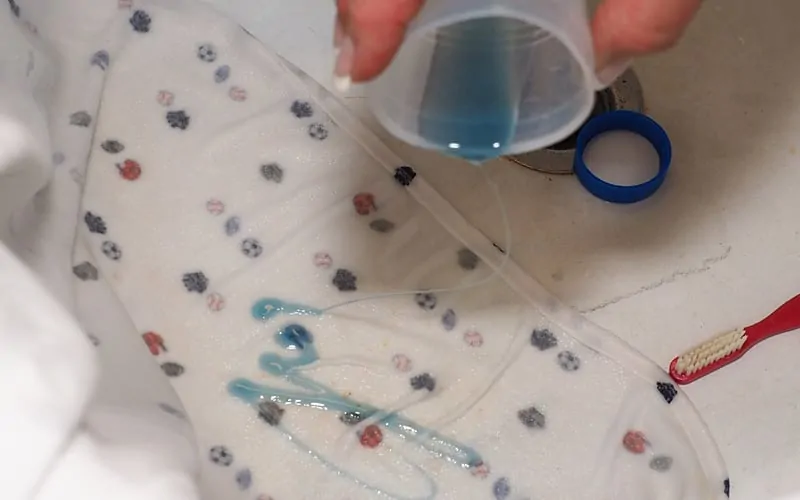
Conclusion
Removing mildew from fabric requires a proactive approach and the right tools and techniques. By understanding the causes of mildew, preparing the fabric properly, utilizing effective cleaning solutions, and taking preventive measures, you can successfully combat mildew and restore your fabrics to their original condition. Remember to prioritize safety by wearing protective gear and testing cleaning solutions on a small, inconspicuous area of the fabric before proceeding. With diligence and the guidance provided in this guide, you can conquer mildew and enjoy clean, fresh fabrics once again.





